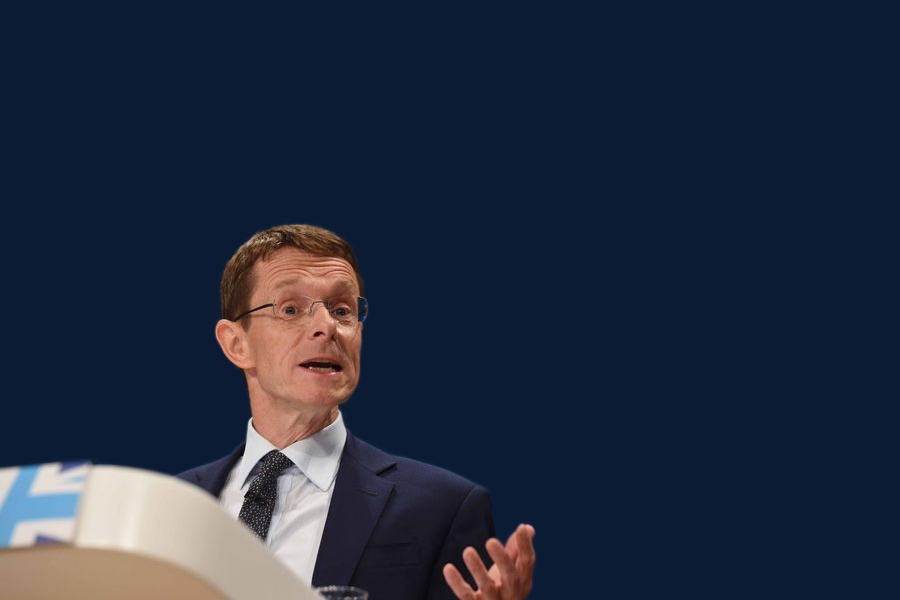In this blog, Mike Grace from Birmingham City University reflects on the election of the West Midland’s first Metro Mayor.

The 4th May 2017 has come and gone and Andy Street is the first and the new Mayor of the West Midlands Combined Authority. Congratulations, as it must have been difficult to pitch for this particular election. He has secured powers for action across housing, economy and transport agendas at a regional scale but, as we know from previous experiences of regional and metropolitan governance, this is not necessarily a mandate for successfully transforming the region’s fortunes.
Prior to the election I attended the ‘environmental hustings’, organised by various conservation organisations, where each mayoral candidate was asked whether they would sign up to the ’25 year natural capital vision for the WMCA’. The 25 year vision is a curious document, part evidence, part aspiration and part policy (described as principles). Some of it was an echo of the innovative West Midlands Nature Conservation Strategy of the 1980’s, much reflected the work of the Nature Improvement Area and Birmingham and its Green Living Spaces Plan. Encouragingly, there was not a lot of dispute by the candidates about the principles being evoked in the vision, with acceptance of the (growing body of) evidence in the vision statement regarding the value of the natural environment; ‘there is gold in them-there [green] hills’.
What it doesn’t seem to do for the Mayor, however, is to say what the natural capital and environment of the region should look like in 25 years. I was impressed by Andy Street’s willingness to say he wouldn’t sign the pledge as it was a vision statement that stood apart from all the other policies in the region. He thought the successful way to achieve a better environment would be through those other channels. Others may doubt his ability to do this unarmed with a clear statement of what the environment should look like in 25 years. The new Mayor didn’t say how he would take the current (and future) regional strategies and policy statements for housing, transport and the economy by the scruffs of their necks and set out what should be expected of them for a better environment and therefore a better quality of life for people in the WMCA area. That is, how will the Mayor fill the implementation gap?
We have seen a decline in the quality of our natural environment over the past 25 years. Yet we know a good environment is vital for the economy, for attracting and retaining skilled people and for making our cities liveable. We know it is vital for better physical and mental health. So the challenge for the Mayor is to take hold of the principles in the vision (maybe improve them?) and change behaviours and investment strategies within the key agencies in the region. If we can aspire to smart ticketing for our transport system, perhaps we can aspire to smart measurement and investment in our biodiversity and greenspaces?
The election of a new Mayor tells us that the world has moved on since previous regional and sub-regional governance models. It has moved on in other ways too. The Mayor has signed up to ‘brownfield first’ as a way forward. Those communities and citizens that live in and around those sites now have higher expectations about their place, having some or more local control and are increasingly connected to sources of information. Indeed, local government is seeing their communities as co-designers and even co-deliverers of services that otherwise will be difficult or too expensive to provide. Coming from John Lewis, Andy Street will be familiar with the power of a collective commitment to success. So perhaps the new Mayor can capture the attention and the potential of the smart connected citizen and work with those who are in most need of the benefits from a better environment? This may provide the neighbourhood endorsement the Mayor needs for his mandate to successfully deliver on the 25 year vision in the places that most need it.
For the original posted on the Urban Living Birmingham Blog, please see here.
